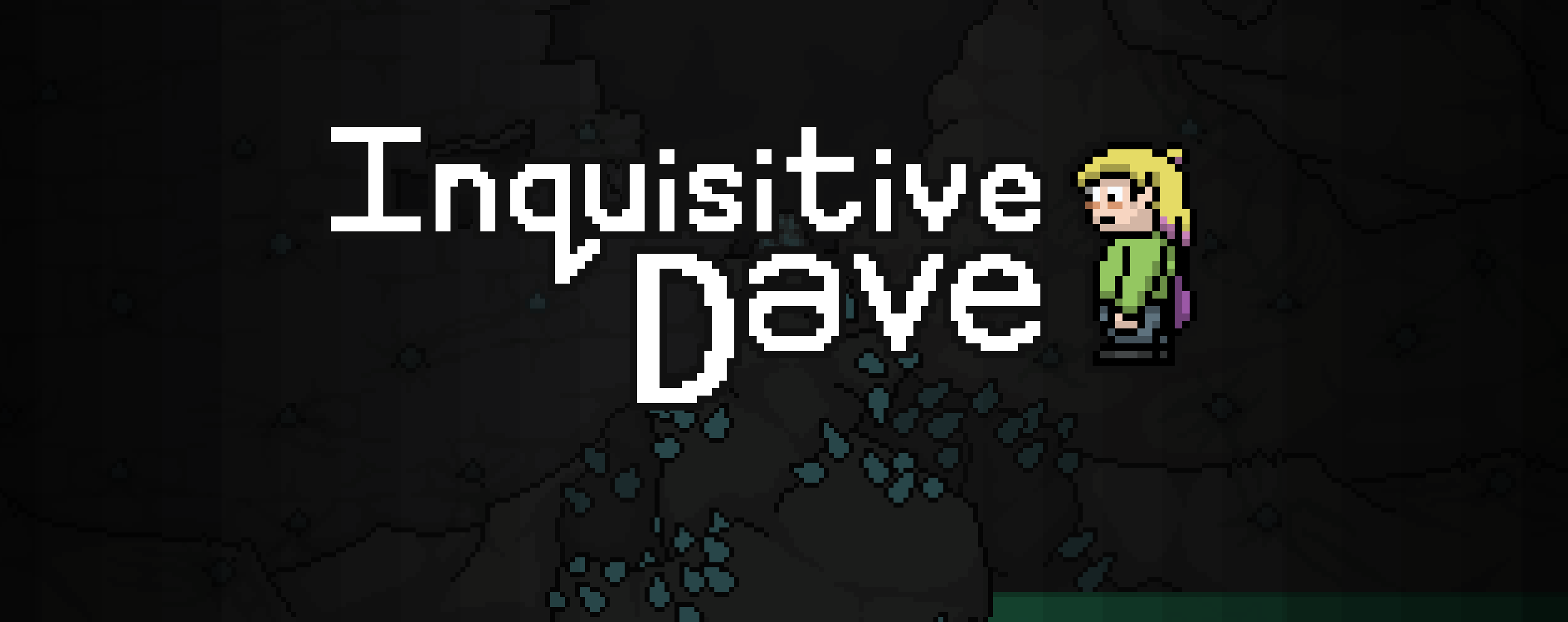Tricking the player
See my Patreon for an alternate version of this discussion!
This week I added a bit of game doing my favourite things - lightly trolling the player. In the attached video they player is led to a chamber containing one of the game's key MacGuffins, but Oh No! Hidden hole in the ground! Oh No! Pit full of tentacles to avoid
When is messing with the player's expectations appropriate?
In an explorationish game like this the answer to the above seems relatively straight forward - when it serves the narrative or pacing. Althernatively, and at the very least, when the annoyance to the player is outweighed by other factors.
In this example we have what would be a fairly anticlimactic end to the section - waltzing into a room and grabbing the item - turned into a nail biting finale to a section of game (or at least, it will be once I've added some more obstacles!)
As well as providing more closure to the section, it also follows a fairly standard (and satisfying) narrative arc of:
- Initial plan or assumptions
- Complication!
- Improvisation!
- Success!
which you might recognise from literally every heist movie and a large chunk of other works of fiction as well.
An example that always sticks in my mind is the second Tomb Raider game (the 90s one), where the last major level sees you walking towards the artifact you've spent the whole game working towards, before being suddenly blindsided by a trap door that plunges you into a lengthy series of traps and challenges as you try to work your way back up.
When is messing with the player's expectations not appropriate?
There are quite a few ways this can go wrong, but some of the key ones I can think of are:
When it happens more than once
Having to overcome an unexpected trap could be fun! Falling into the same trap multiple times in a row is not fun! Really I want to add some kind of closing trap door to the attached example so the player can only ever fall through it one time.
When it derails the flow of the game
The last sprint of a section, where a player is approaching the item they've been searching for, is a good place for some kind of complication. Players have been conditioned to expect some kind of climactic encounter at these junctures anyway, and if done right it can make the final victory all the more satisfying.
When is not a good place is when the player is actively doing something unrelated. You don't want to annoy the player by getting in their way when they're in the middle of a thing. It's not technically the same thing, but RPGs random battles are terrible for this, completely taking you out of whatever exploration or puzzle you're working on and forcing you to pay attention to an unrelated encounter.
When it outstays its welcome
The Tomb Raider 2 example is actually a good example of this. While the game is pretty darn good, the final section sees you fall through a trap door only to spend the longest level in the game trying to get back to where you started. This section could have done with being between 60% and 80% shorter - every time you finish a bit of the level you're just wondering when you're finally going to get back to that damn dagger.
My rule of thumb is that a good surprise diversion should take up about the same time as a good boss battle, although that's heavily dependent on other factors.
In conclusion
I think the take home here is that surprising the player with a series of traps to avoid is... sometimes appropriate? But it's easy to get wrong, or be unduly annoying.
If you have a firmer conclusion than that, leave a comment!
Inquisitive Dave
An adventure game with platforming elements, lots to explore and dark undertones!
| Status | In development |
| Author | EddyParanoia |
| Genre | Adventure, Platformer |
| Tags | 2D, Exploration, Multiple Endings, Pixel Art, Retro, Singleplayer |
| Languages | English |
| Accessibility | Color-blind friendly, Subtitles, Configurable controls |
More posts
- I talk about 1960s pulp sci fi series for 1046 consecutive words instead of doin...Aug 14, 2021
- Playing with fireAug 01, 2021
- Playing audio - harder than it sounds!Jul 26, 2021
- Running through plants for an excessive amount of timeJul 12, 2021
- It's a bit like a massive ladderJul 05, 2021
- Making a screen more appealingJun 20, 2021
- First major update!Jun 18, 2021

Leave a comment
Log in with itch.io to leave a comment.